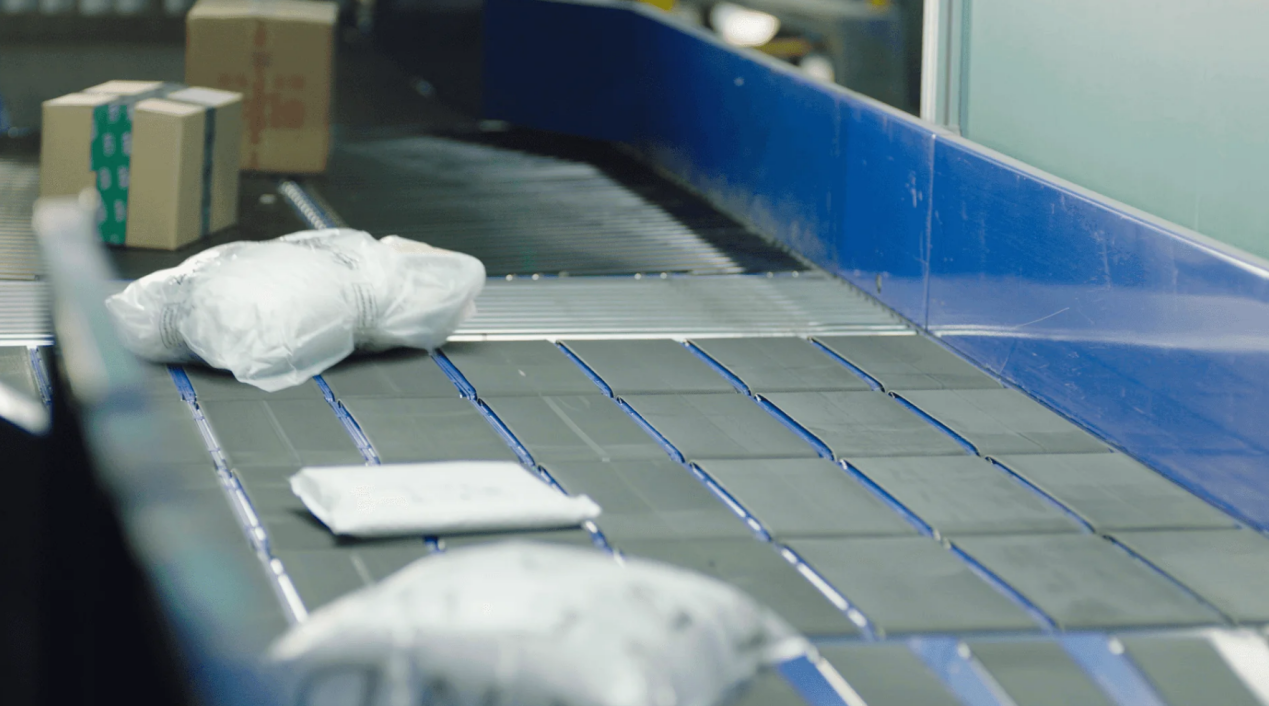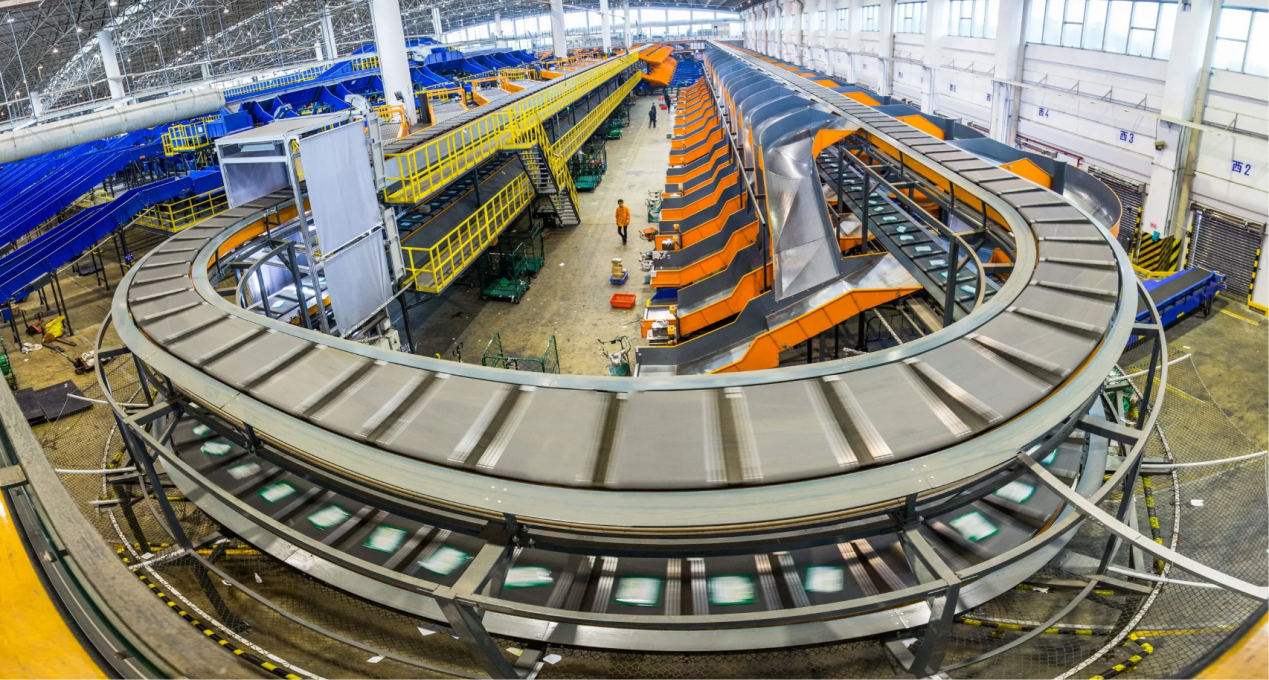The modern logistics industry is under immense pressure, driven by the e-commerce demand for rapid delivery and the aviation sector’s need for perfect baggage handling. Traditional operations have reached their limits, making a fundamental transformation necessary. The Internet of Things (IoT) is this paradigm shift, creating intelligent, autonomous sorting systems. By integrating smart sensors, high-speed networks, and AI, IoT turns static equipment into a self-optimizing ecosystem capable of sensing, thinking, and acting with unprecedented precision. A comprehensive smart warehousing solution is no longer a futuristic concept but a competitive necessity, delivering significant warehouse efficiency improvement and logistics cost reduction.
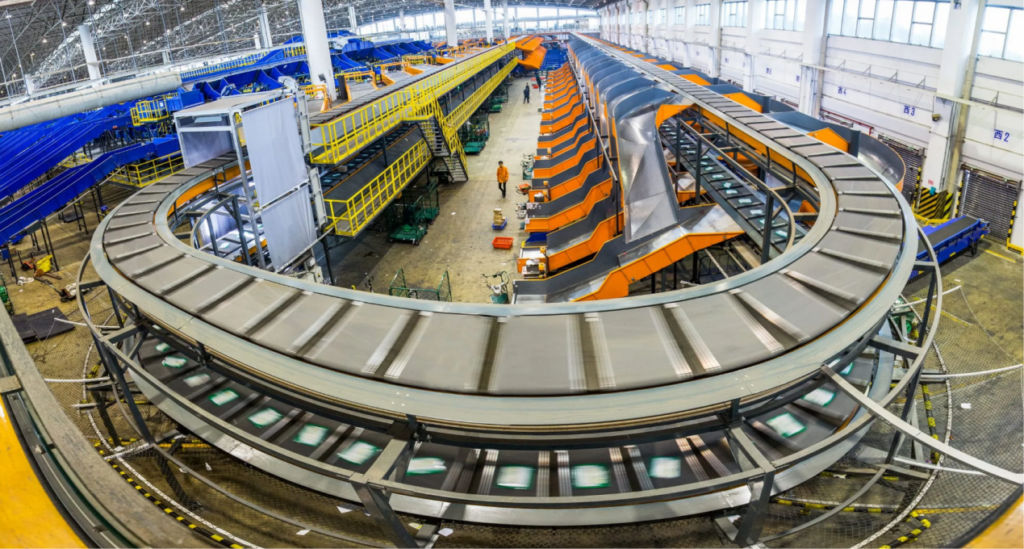
Table of Contents
ToggleIoT Technology Reshaping Modern Warehouse Logistics Systems
The core of the IoT revolution in logistics is a cohesive, multi-layered architecture that acts as a facility’s digital nervous system. This framework transforms passive equipment into intelligent assets through a powerful feedback loop where physical events drive digital insights, which in turn trigger intelligent physical actions.
1. Technical Architecture of Logistics Equipment Intelligence
This intelligent architecture is comprised of three interdependent layers:
- Perception Layer: This is the system’s point of contact with the physical world, gathering granular data. On sorting machines, this includes advanced 3D vision systems using techniques like laser triangulation and structured light to create detailed 3D models of items, even shiny or transparent ones, without motion blur. High-fidelity sensors are also crucial; Dimension, Weigh, Scan (DWS) tunnels capture a complete parcel data profile in a single pass, while in-motion sensors can weigh items with an accuracy down to 5 grams. AI-powered cameras identify package types to prevent jams, and embedded sensors monitor equipment health by tracking motor vibration and temperature.
- Transmission Layer: This layer serves as the high-speed communication backbone, transmitting massive data volumes with ultra-low latency. 5G industrial gateways are transformative, offering speeds up to 100 times faster than 4G and the capacity for one million devices per square kilometer. This enables seamless, real-time machine-to-machine (M2M) communication between autonomous mobile robots (AMRs), conveyors, and sorting systems without interference.
- Decision Layer: As the “brain” of the system, this layer uses sophisticated software on-premises or in the cloud to process data and orchestrate action. Artificial intelligence and machine learning are the core engines. AI algorithms, for example, dynamically adjust conveyor speeds and optimize sorting paths in real-time to manage workload and prevent bottlenecks. This layer also hosts Digital Twins—living virtual replicas of the physical system used for simulation and planning—and the Warehouse Management System (WMS), which acts as the central command-and-control platform.
IoT Technical Architecture
1. Perception Layer
- 3D Vision Sensors
- High-Fidelity Weight Sensors
- AI-Powered Cameras
- Equipment Health Sensors
2. Transmission Layer
- 5G Industrial Gateways
- Machine-to-Machine (M2M)
- Ultra-Low Latency
- High-Density Connectivity
3. Decision Layer
- AI & Machine Learning
- Dynamic Path Optimization
- Digital Twin Simulation
- Warehouse Management System
2. Technical Matrices for Core Application Scenarios
While the architecture is universal, its configuration is tuned differently for e-commerce versus airport logistics.
- E-commerce Fulfillment Centers: Here, the focus is on speed, scalability, and managing a wide variety of items. The IoT setup relies heavily on DWS tunnels and AI vision to handle non-standard packages that jam traditional systems. Decision-making AI is geared towards dynamic load balancing and real-time route optimization, constantly recalculating the most efficient path for every parcel.
- Airport Baggage and Cargo Hubs: For airports, the absolute priorities are reliability, accuracy, and security. A mishandled bag is a significant financial and reputational liability. The perception focus is on RFID for end-to-end baggage tracking and integrating advanced CT scanners into conveyor lines for security. The decision-making AI is used more for predictive analysis, forecasting baggage flow to prevent chokepoints, and using Digital Twins to simulate responses to disruptions like flight delays. In an airport, the system’s primary goal is not “what is the fastest way?” but “what is the most reliable and secure way?”.
IoT Implementation in Sorting & Conveyance Systems
Implementing IoT transforms sorting from a rigid, mechanical process into a fluid and self-correcting operation.
1. Dynamic Sorting Optimization System
Unlike traditional systems with static rules, an intelligent sorting system uses an AI-powered optimizer as a central traffic controller. It analyzes real-time data on parcel volume, chute fill levels, and labor availability to intelligently reroute items to less congested lines, similar to how a GPS navigation app avoids traffic. This dynamic approach to automated parcel sorting has been shown to increase sorting speed by as much as 50%.
2. Error Correction & Anomaly Handling
An intelligent system proactively identifies and corrects errors, often without human help. High-resolution cameras detect damaged boxes or items that could cause a jam and automatically divert them to a resolution lane. Advanced OCR can read damaged labels, while geocoding APIs automatically correct incomplete addresses, preventing costly mis-routes. Furthermore, unsupervised machine learning algorithms detect anomalies by establishing a baseline for “normal” system behavior; a deviation, like a spike in a motor’s temperature, triggers an alert long before a major shutdown can occur.
3. Predictive Equipment Maintenance
One of the most significant areas for logistics cost reduction is the shift from reactive to predictive maintenance. IoT sensors continuously monitor equipment health by analyzing motor vibration, temperature, and electrical current. This data feeds machine learning models that can predict the remaining useful life of a component and schedule maintenance just in time. This data-driven approach can reduce unplanned downtime by a staggering 70-78% and extend equipment life by 50% or more.
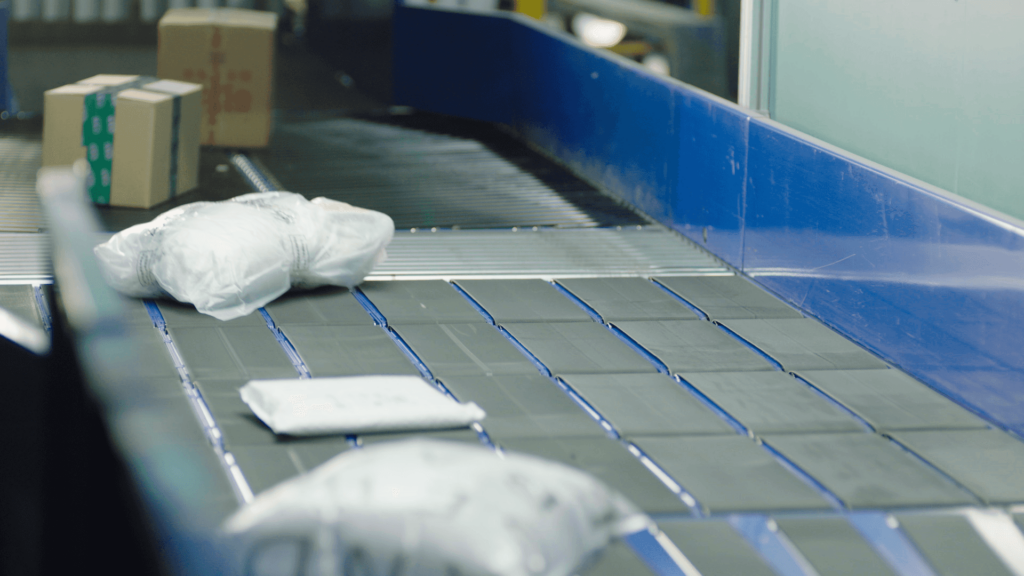
Intelligent Upgrade Pathways for Logistics Equipment
The business case for IoT is grounded in quantifiable warehouse efficiency improvement. Case studies show that intelligent automation delivers a step-change in performance, including:
- A 300% increase in parcel processing speed (from 600 to 2,400 parcels/hour).
- A 3x increase in picking efficiency.
- Up to 99.5% order and inventory accuracy rates.
- An 80% reduction in manual sorting errors.
- A 20-60% reduction in labor requirements.
These gains allow a facility to boost its revenue-generating capacity without costly physical expansion. Higher accuracy also reduces the significant downstream costs associated with fulfillment errors, such as returns processing and redeliveries.
Smart Warehousing Implementation Framework
Transitioning to a smart warehousing solution requires a structured, strategic approach, particularly when retrofitting an existing facility. A proven method for minimizing disruption involves three phases:
- Phase 1: Strategic Assessment and Design: This critical first step involves a deep analysis of current workflows to identify bottlenecks and establish baseline KPIs. A tailored solution architecture is then designed to meet specific, measurable (SMART) goals.
- Phase 2: Pilot Programs and Phased Implementation: Before a full rollout, a pilot program is deployed in a contained area to test the concept, validate performance against KPIs, and resolve unforeseen challenges. This phase de-risks the project and builds organizational confidence.
- Phase 3: Full-Scale Deployment, Training, and Continuous Optimization: The full solution is deployed in planned phases to minimize operational disruption. Comprehensive training and a robust change management program are essential for employee buy-in. After launch, the system is continuously monitored to drive ongoing optimization.
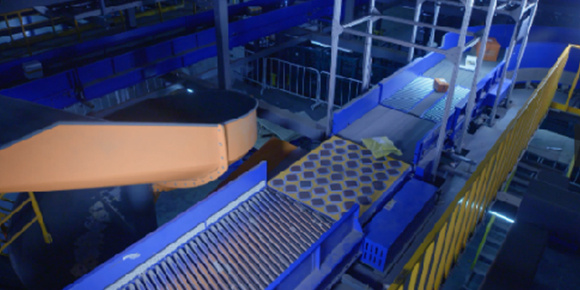
Case Study in Action: Technical Validation at China Post's Beijing Hub
The ultimate technical validation of a smart warehousing solution comes from its real-world performance, where predefined targets are not just met but exceeded. A landmark example of this is Siwun’s work on the Beijing Unmanned Parcel Processing Center for China Post, which has set a new global benchmark for parcel handling.
This project serves as clear proof of the value of an integrated intelligent upgrade. Spanning a vast 123,000 square meters, the facility achieved a new breakthrough in fully automated processing, successfully handling over 1.4 million parcels daily. This immense throughput is a direct validation of the system’s efficiency and reliability.
Siwun’s advantage was demonstrated through several industry-first innovations that were critical to achieving this level of warehouse efficiency improvement:
- Advanced Visual Recognition: Siwun developed the industry’s first visual recognition system that allows packages to be accurately categorized by type and then diverted to separate, optimized processing lines. This represents a significant leap forward in AI-driven decision-making within the sorting process.
- Fully Automated Small Parcel Handling: For the first time ever, automatic small parcel singulators were combined with an automated provisioning system. This seamless integration completely eliminated the need for manual supply, a common bottleneck, driving substantial logistics cost reduction through labor savings.
- Upgraded Large Parcel Singulation: The technology for handling large, bulky parcels was also significantly upgraded, ensuring the entire facility could efficiently process a wide range of cargo types without sacrificing speed or accuracy.
The successful deployment at one of the world’s busiest postal hubs provides undeniable proof of the project’s value. The ability to handle such massive volume with groundbreaking automated parcel sorting technology showcases a clear and rapid return on investment (ROI), validating the entire intelligent upgrade pathway.
Beijing Unmanned Parcel Processing Center
A new benchmark in fully automated parcel handling, showcasing the power of an integrated intelligent solution.
1.4M+
Parcels Processed Daily
24/7
Unmanned Operation
Key Innovations:
-
Industry-First Visual Recognition
Accurately categorizes packages for optimized, separate processing.
-
Fully Automated Supply
Combined small parcel singulators with auto-provisioning, eliminating manual work.
-
Upgraded Large Parcel Handling
Enhanced singulator technology for efficient processing of bulky items.
Conclusion
The integration of IoT technology into warehouse logistics is not merely an upgrade; it is a fundamental re-imagining of how goods move through the supply chain. By creating a unified system where sensors, networks, and AI work in concert, businesses can move beyond the limitations of manual processes and rigid automation. The result is a self-optimizing, resilient, and highly efficient operation capable of meeting the escalating demands of e-commerce and aviation. The path to achieving this transformation lies in a strategic, data-driven implementation that prioritizes measurable outcomes. Ultimately, a smart warehousing solution built on IoT is the key to unlocking superior warehouse efficiency improvement, enabling reliable automated parcel sorting, and securing sustainable logistics cost reduction, positioning businesses to lead in an increasingly competitive global market.


